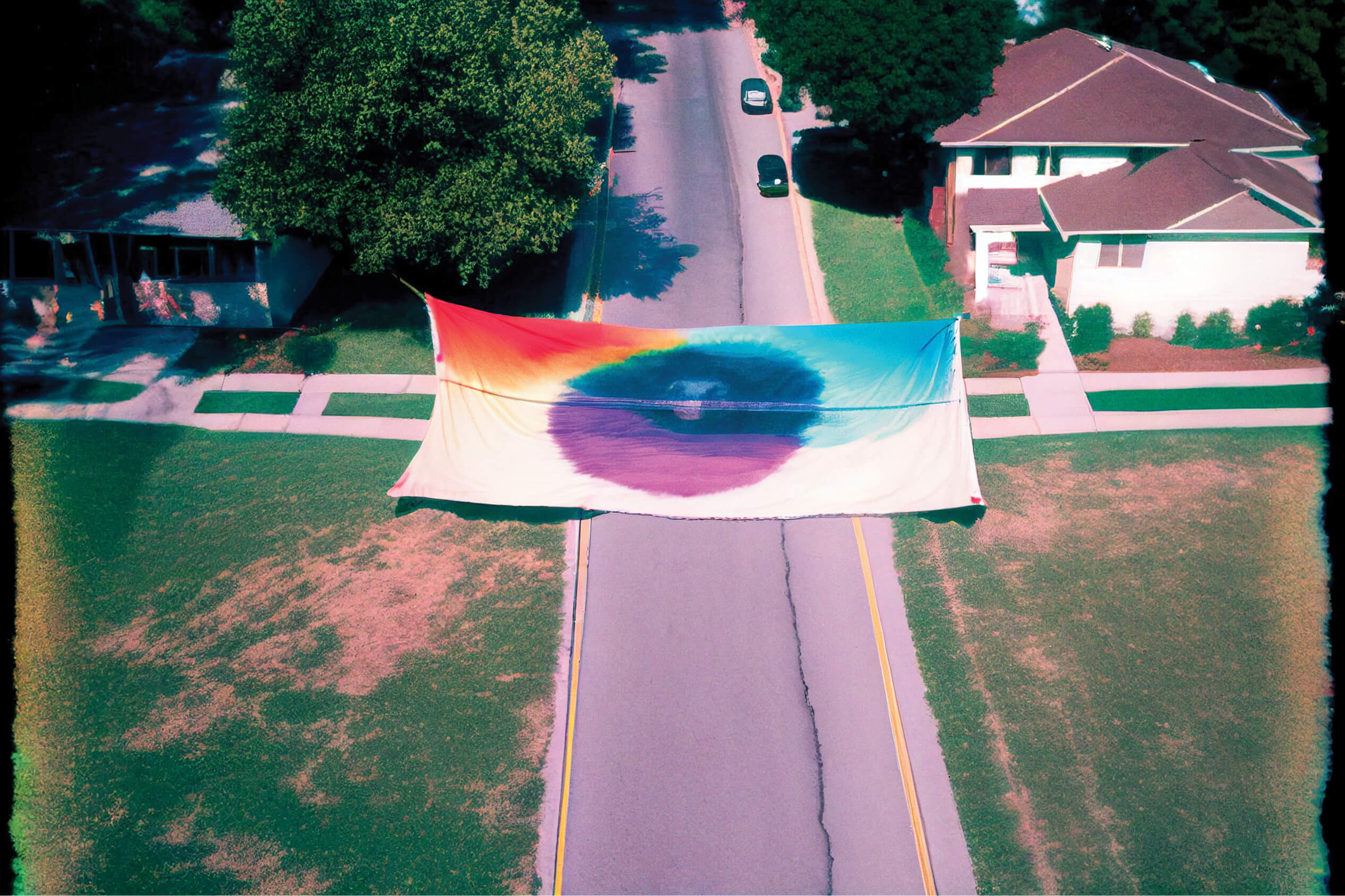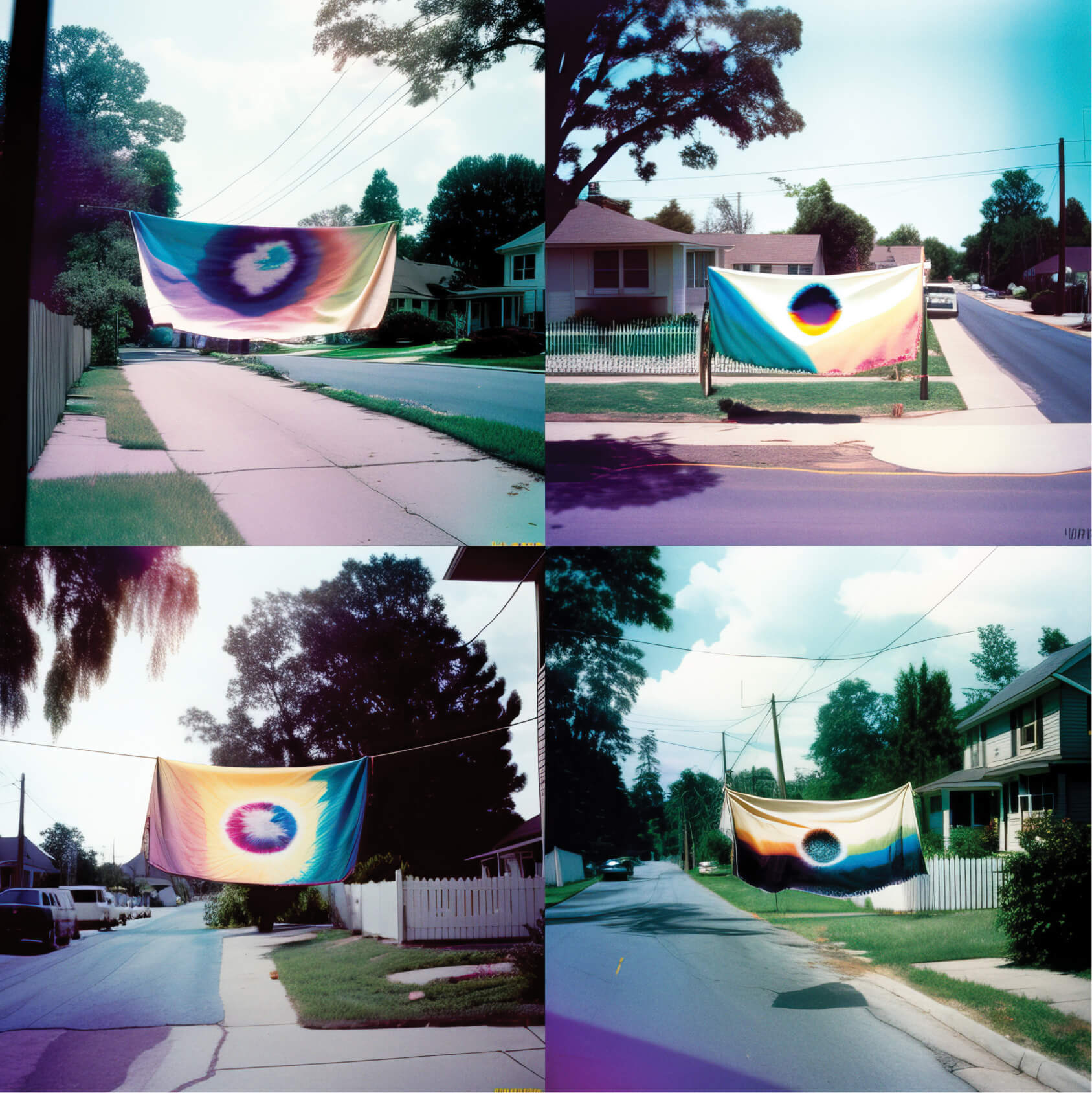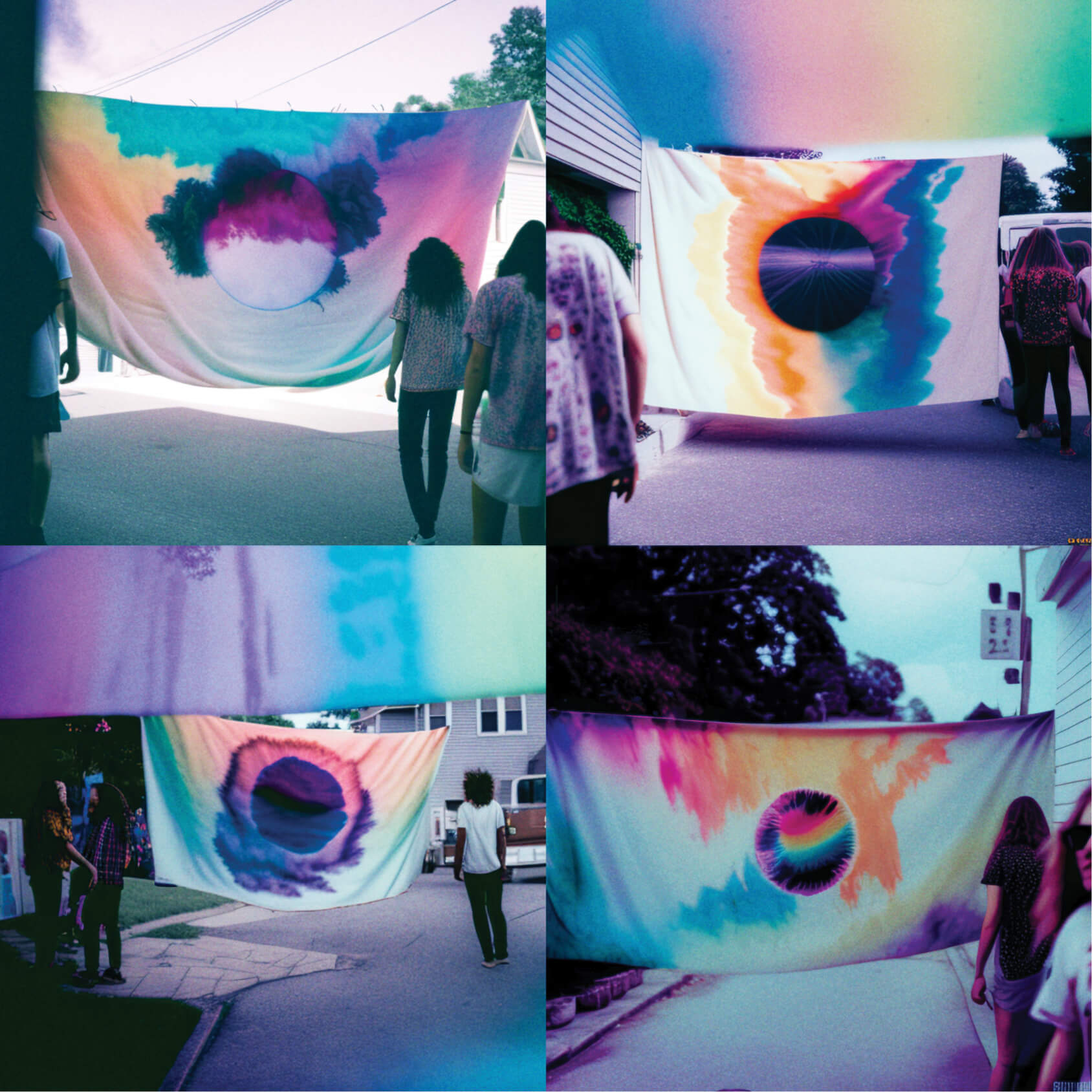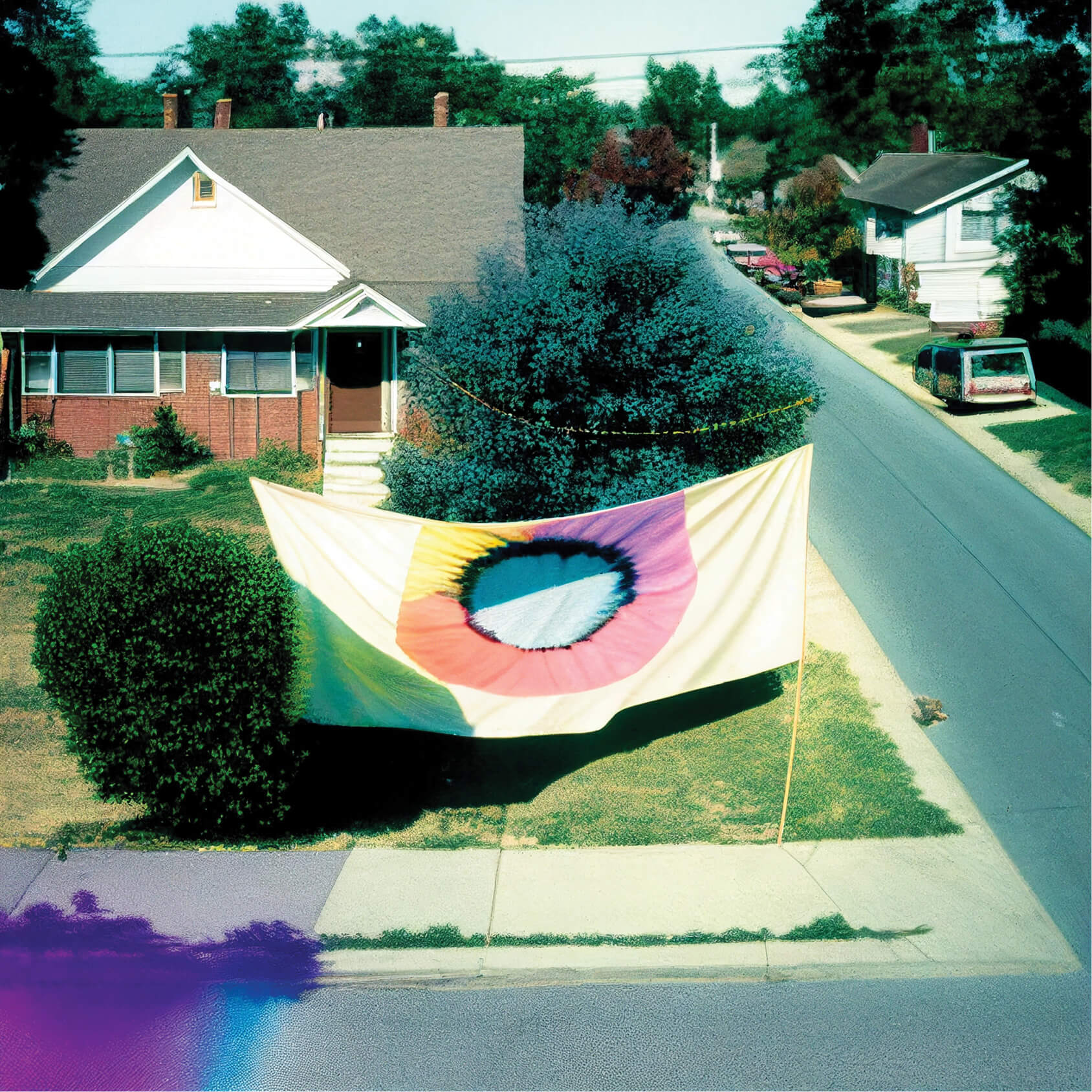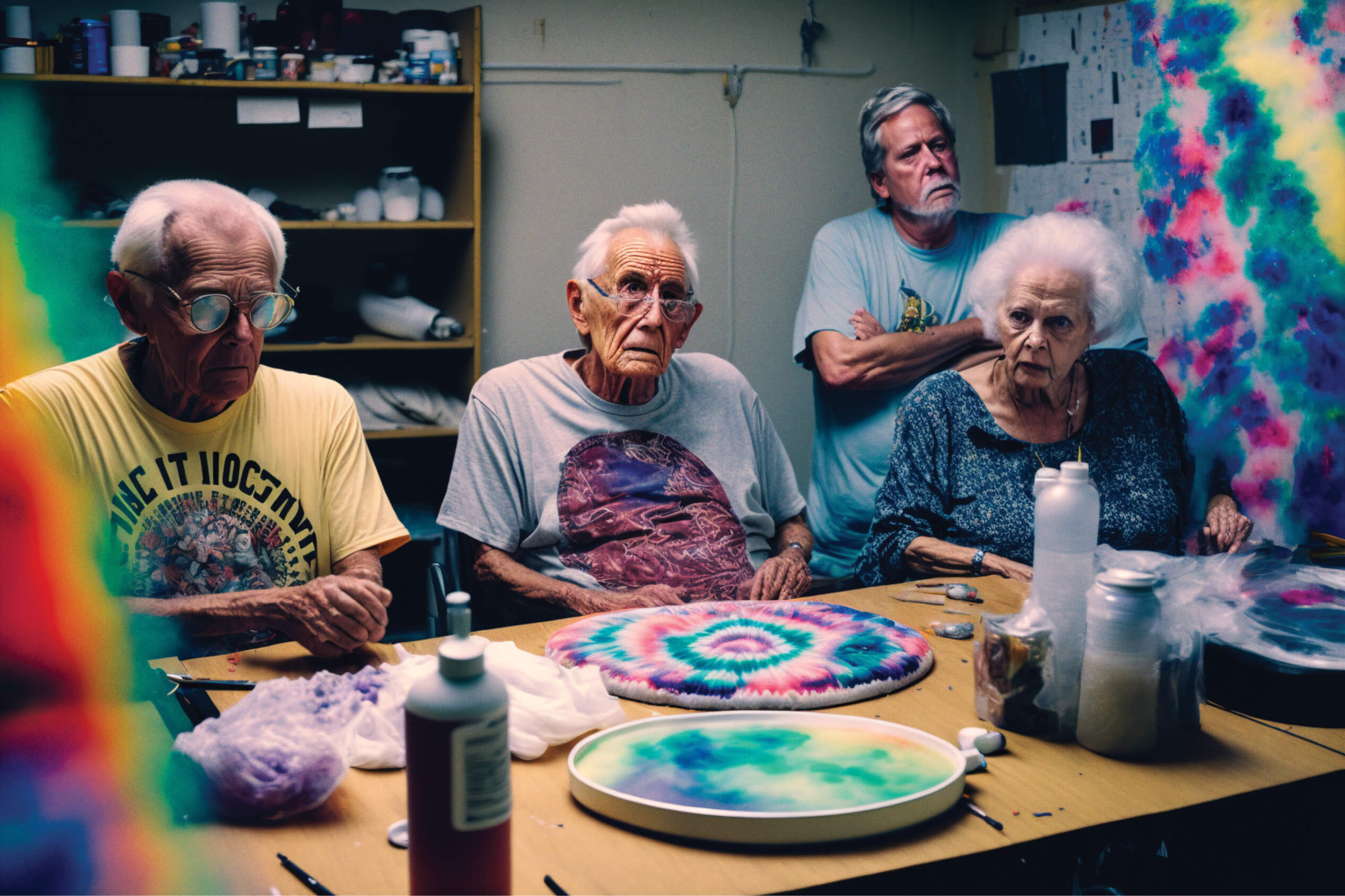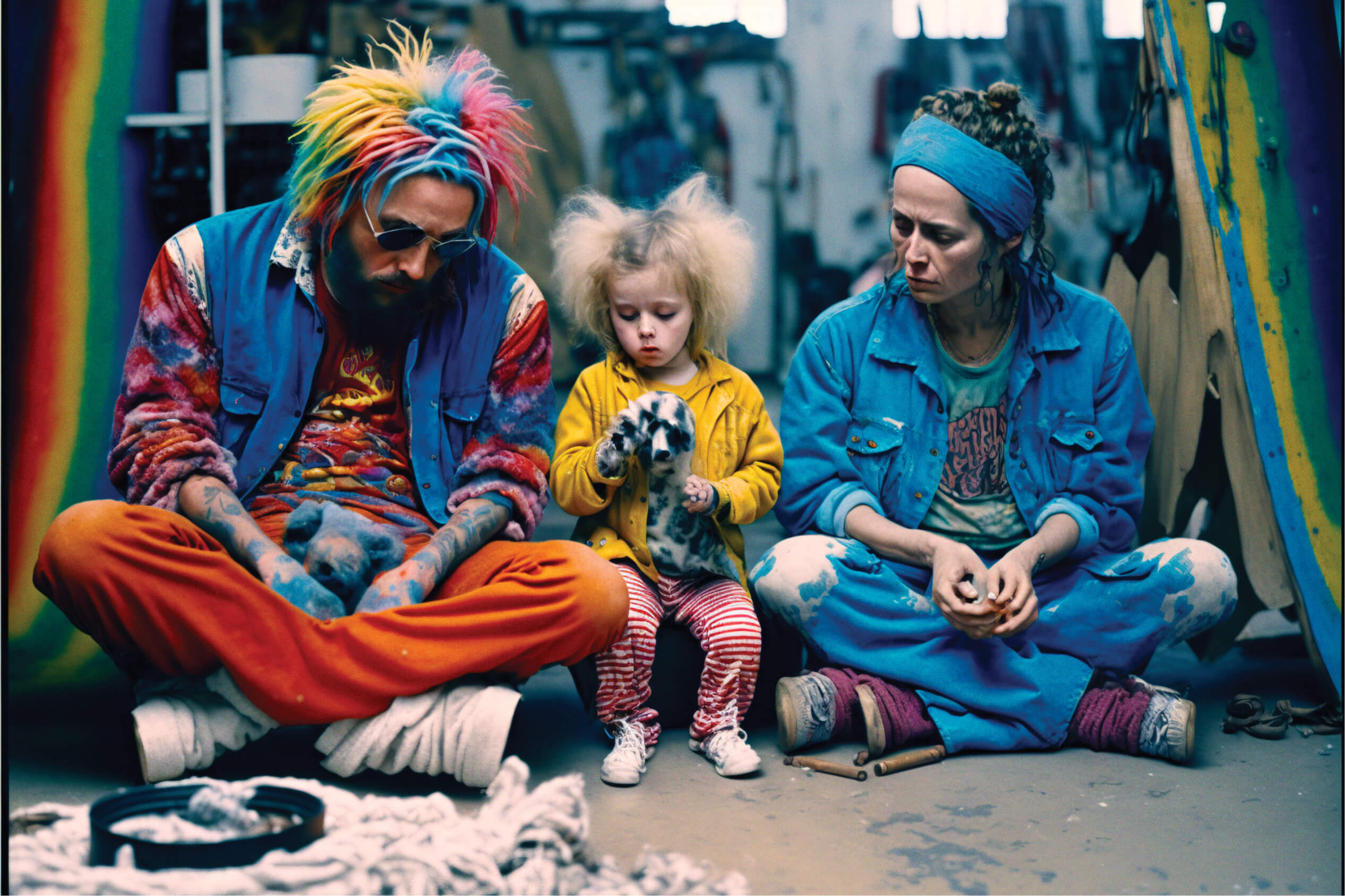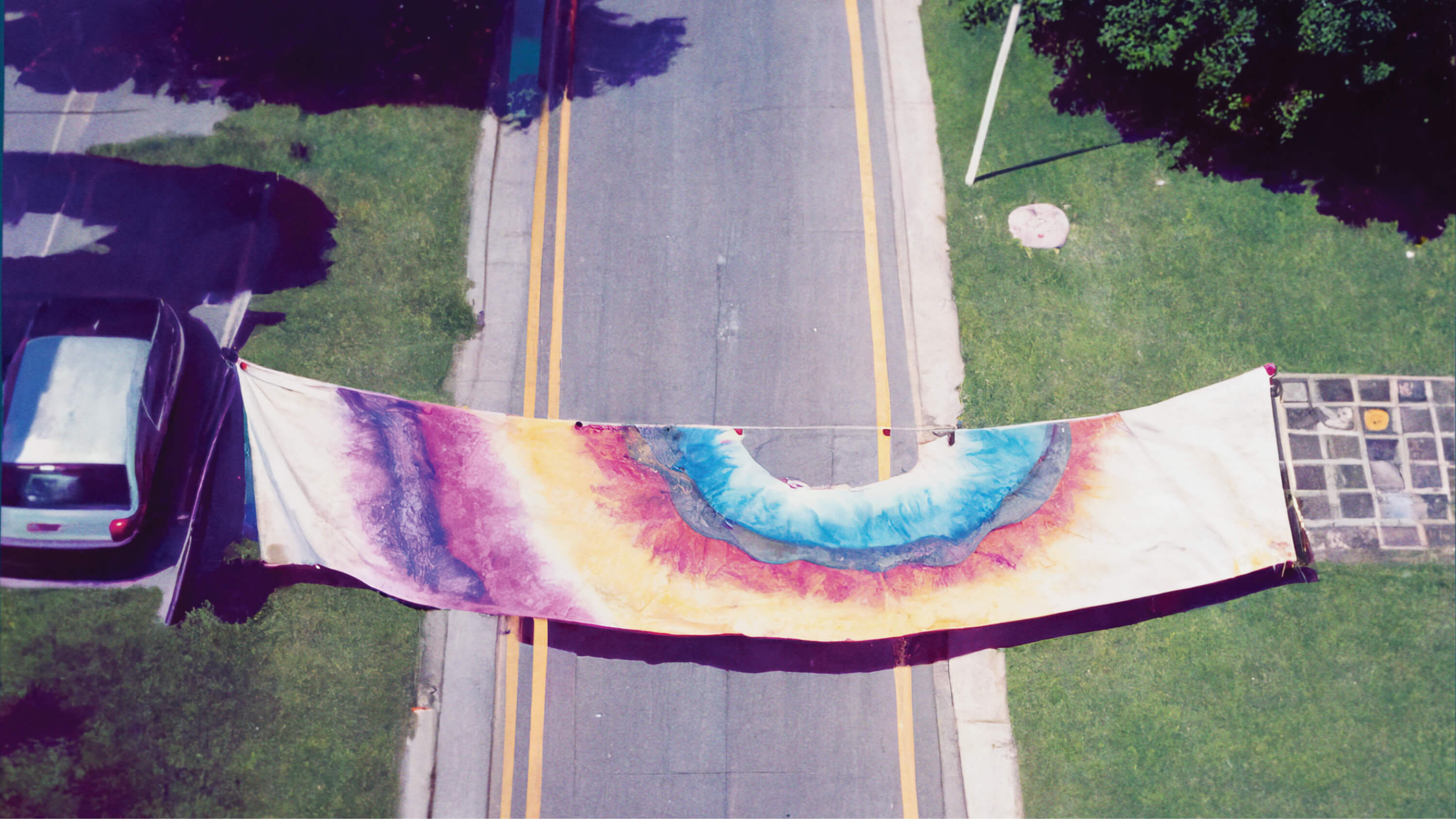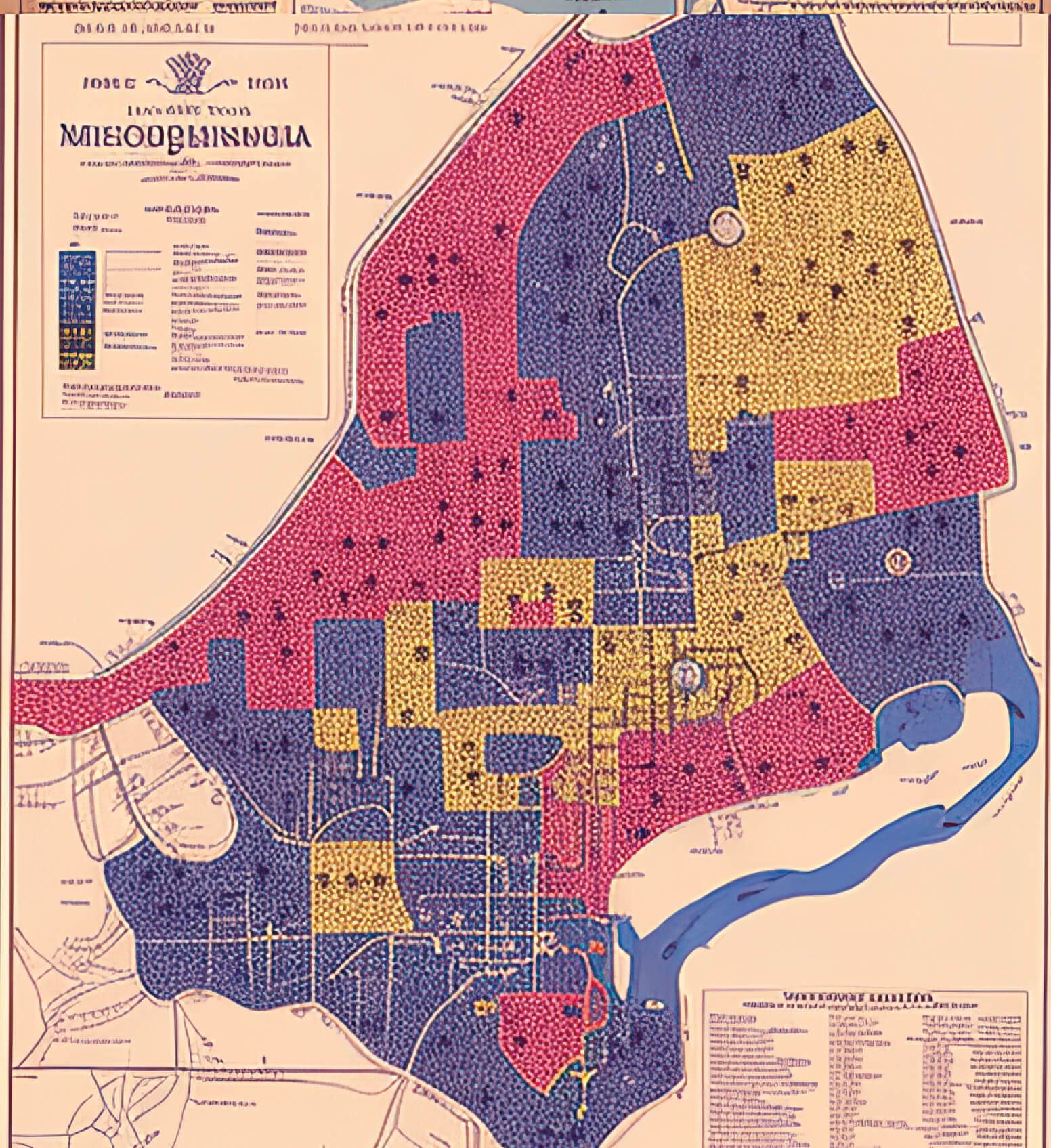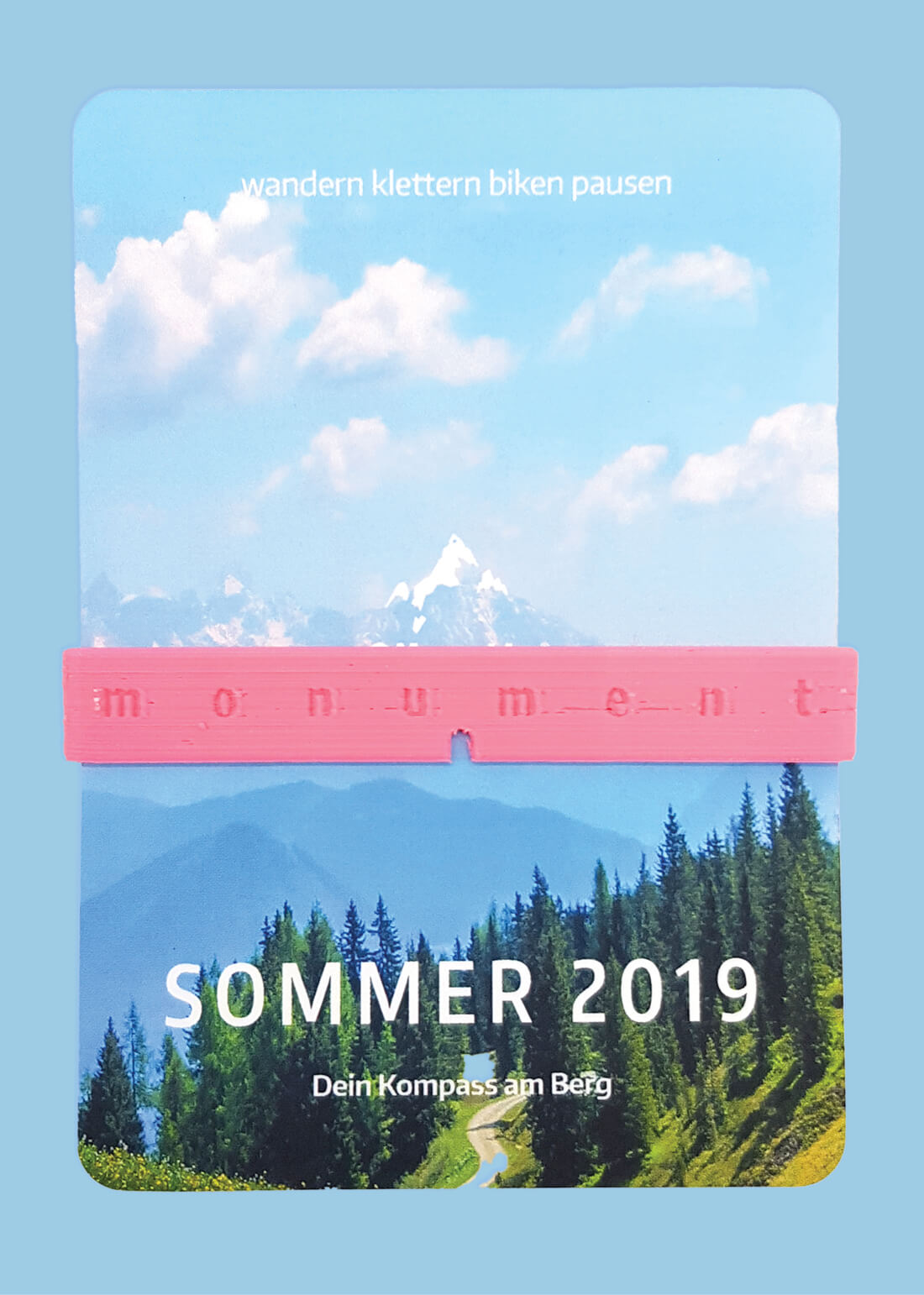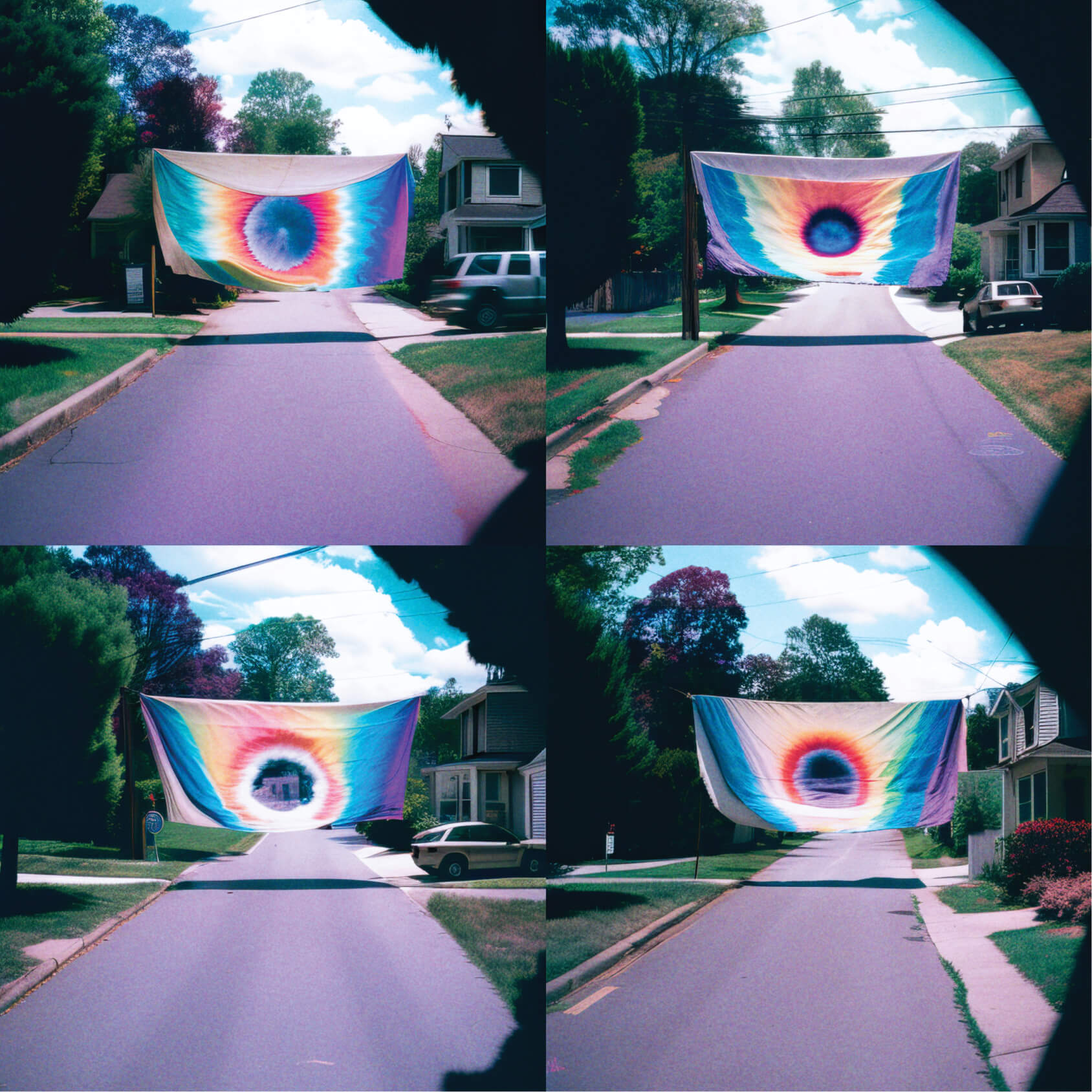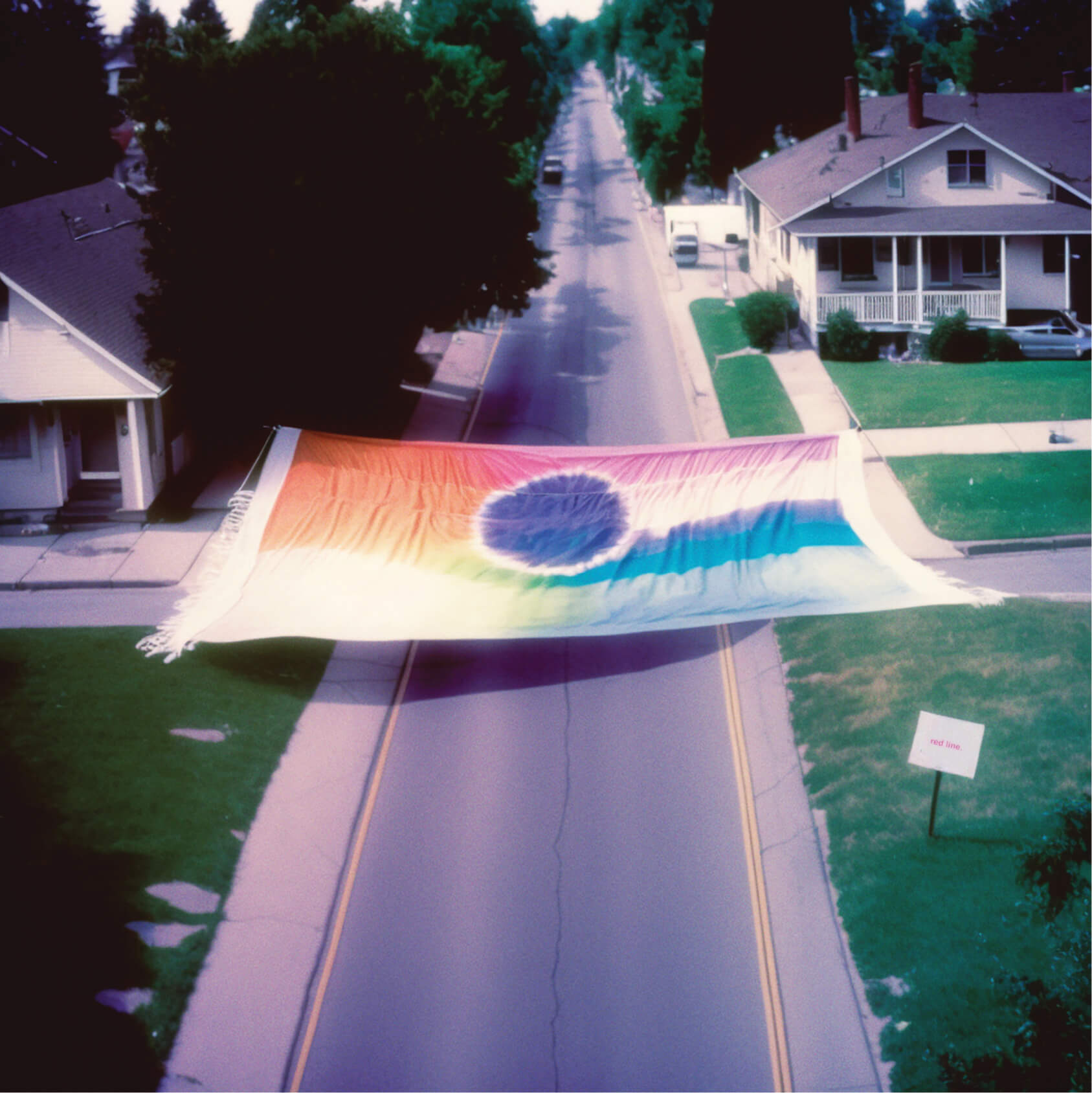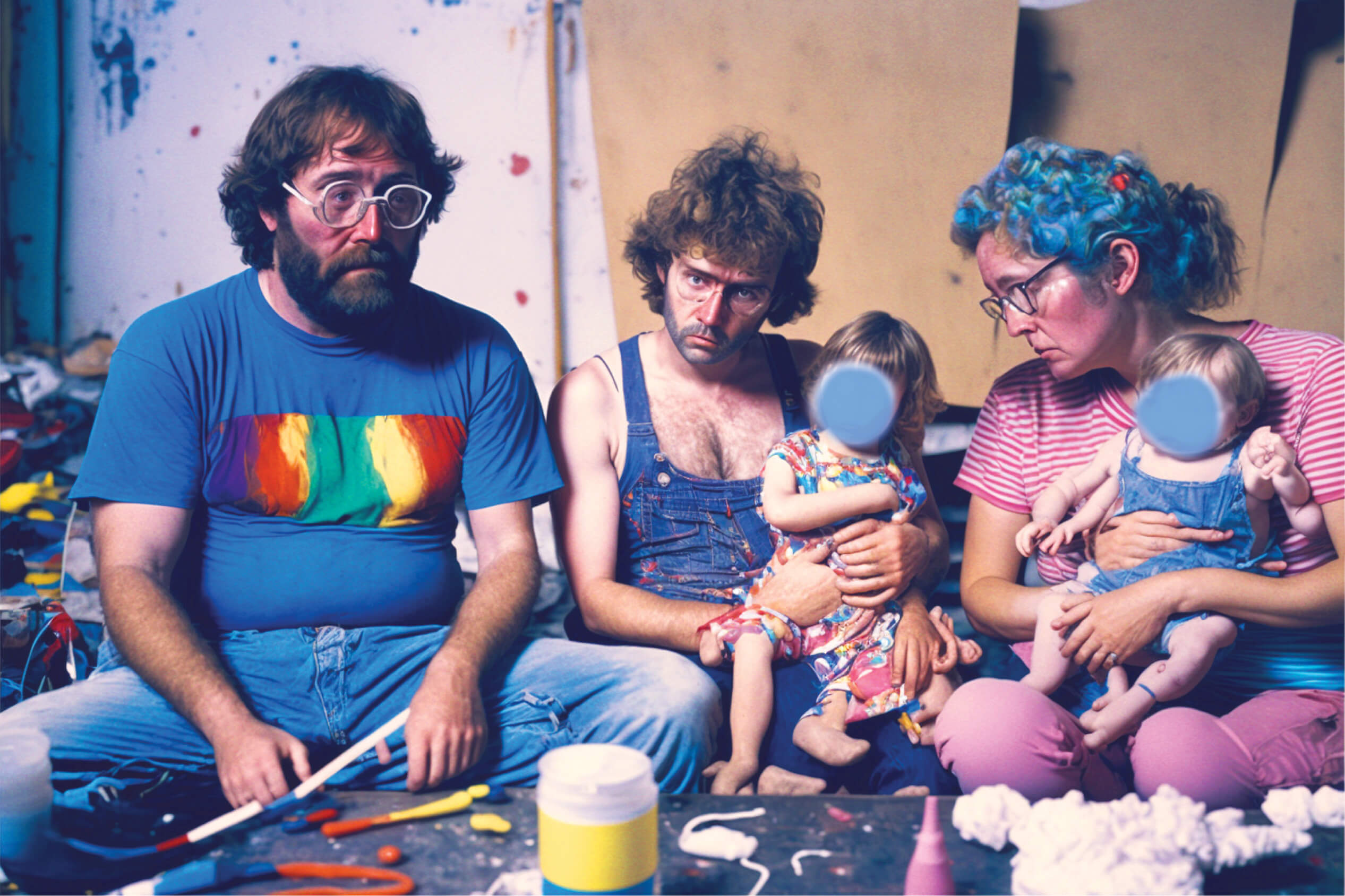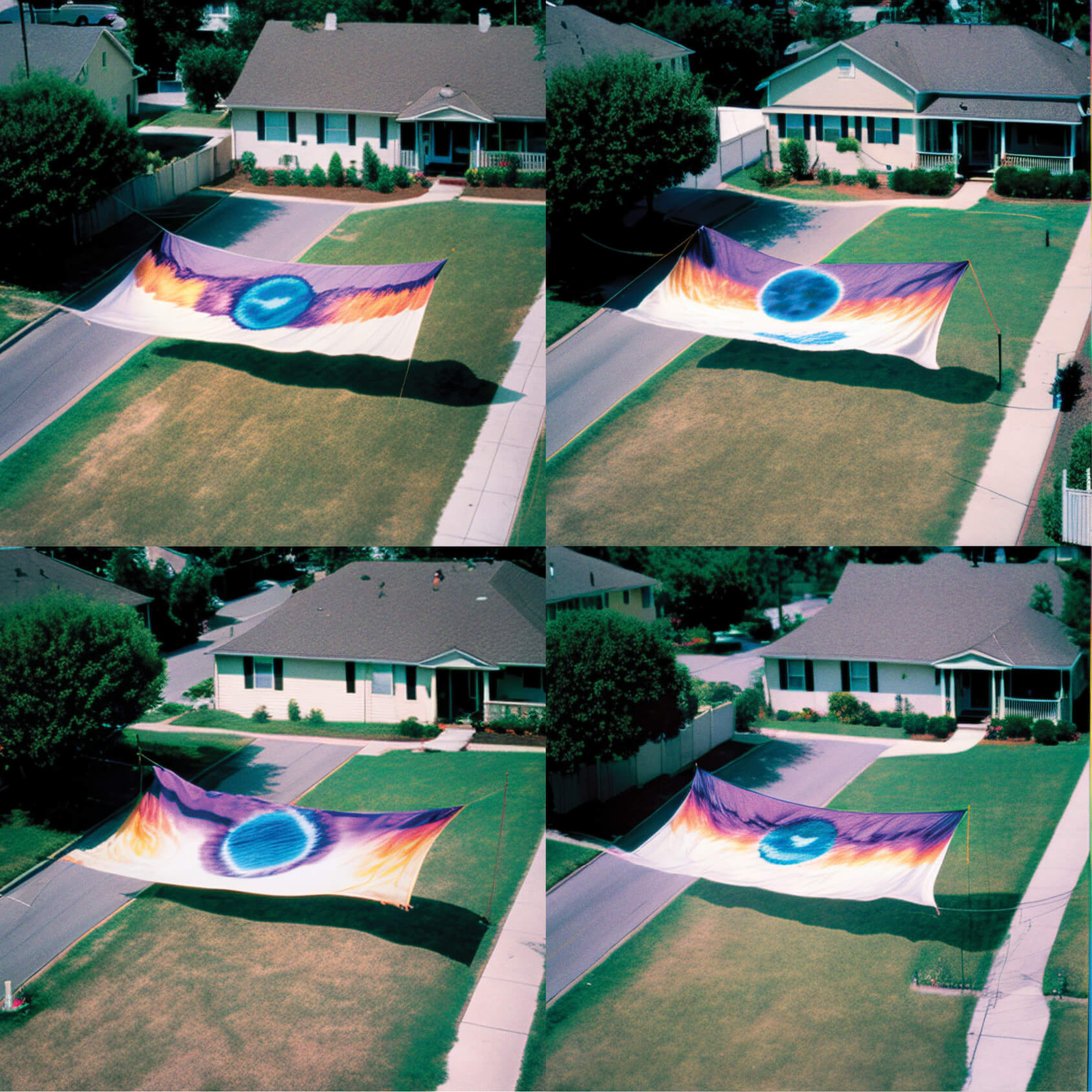>
Block Party
Year
***last edited 23 02 2023
Location
Anywhere, USA / Synthesized
Format
Speculative Intervention / Workshop
Material
Tie-Dye Cloth, Zip Line, Various Hardware / Text to Image Generations, Photoshop Dye, Text
Dimensions
Sprawling / Responsive
Thanks
The Good People of Anywhere, Midjourney, OpenAI
This summer I imagined myself traveling to Anywhere, USA where the effects of redlining policies continue to divide its neighborhoods along racial and ethnic boundaries. Based on a redlining map from the late 1960s, I constructed a series of spatial interventions with tie-dye banners and held community tie-dye workshops. The banners were placed along the edges of the formerly segregated district, temporarily blocking the street and sidewalk.---------------------------------------------------------------Having its origins in real estate sales, “redlining” is a discriminatory practice in which services (financial and otherwise) are withheld from potential customers who reside in neighborhoods classified as “hazardous” to investment. Using theories about race and property value codified by economists, redlining practices further widened already large gaps of spatial, economic, and racial inequality in the US.
